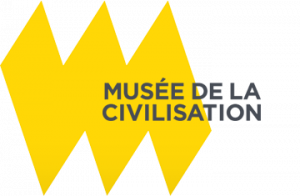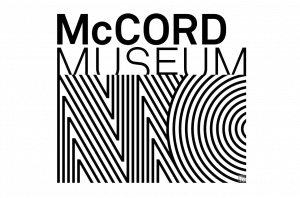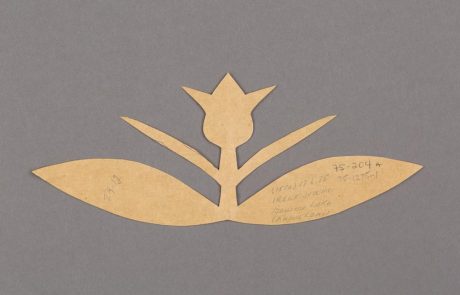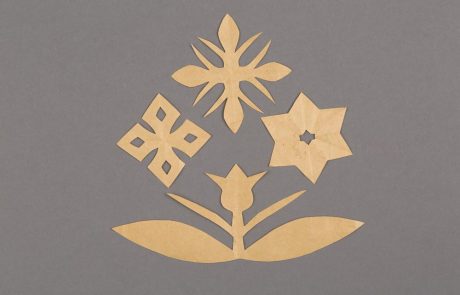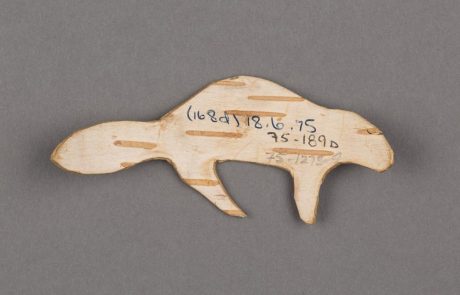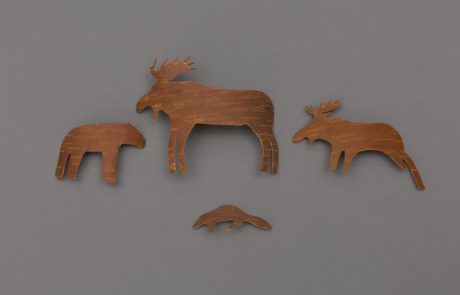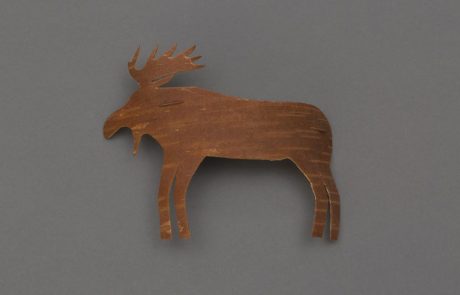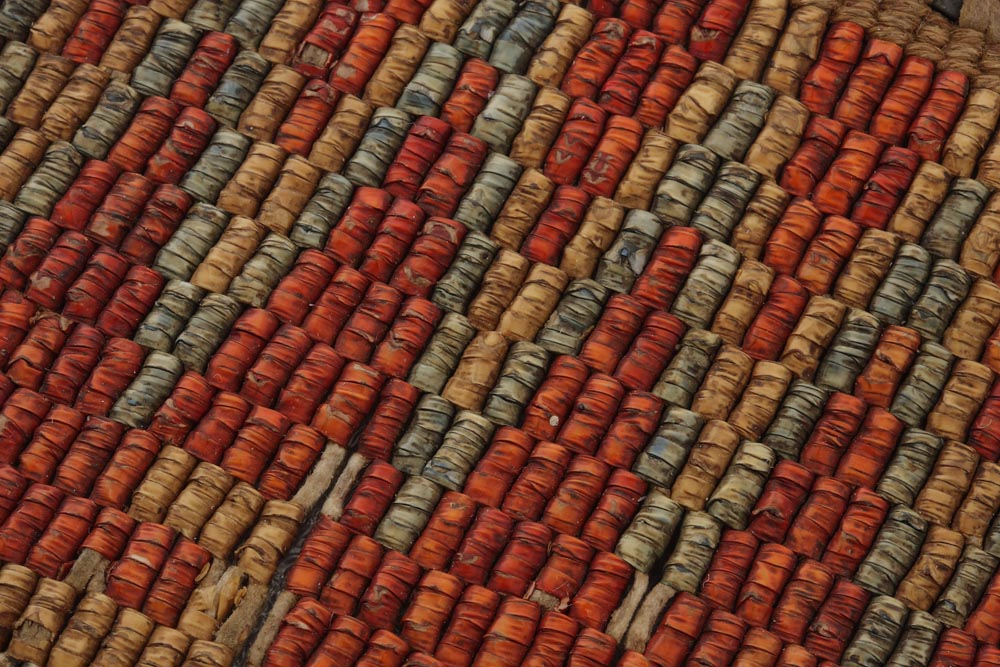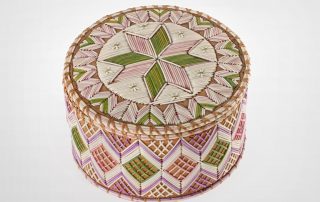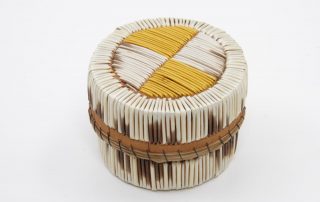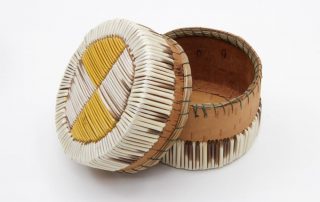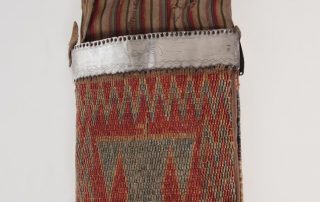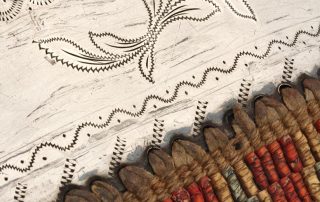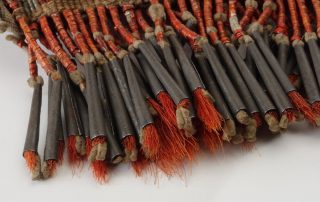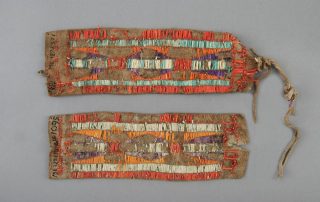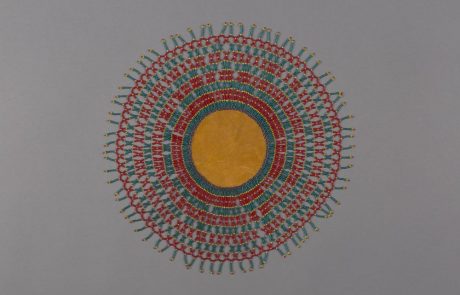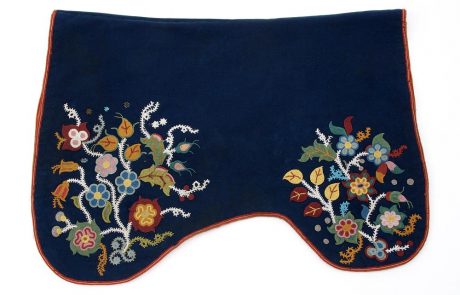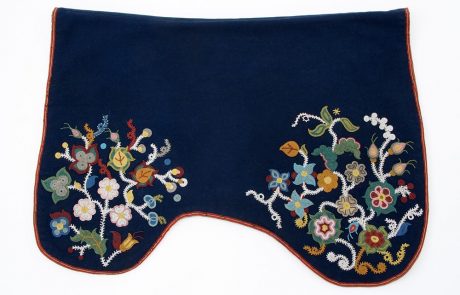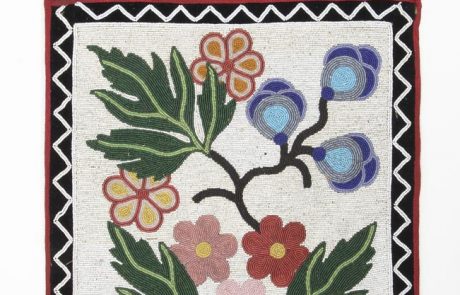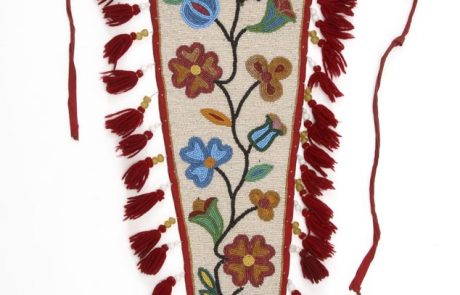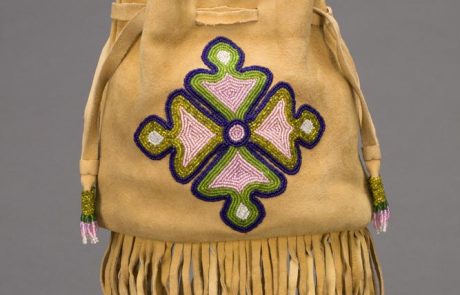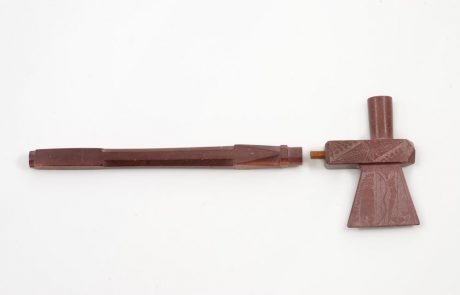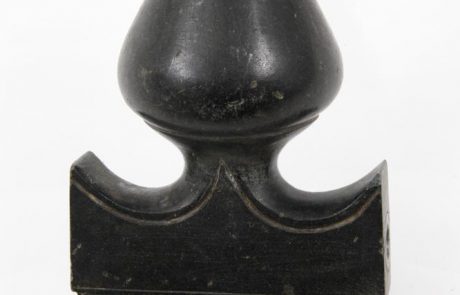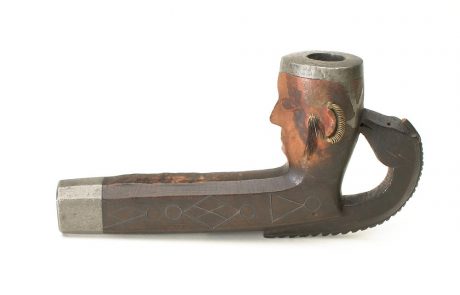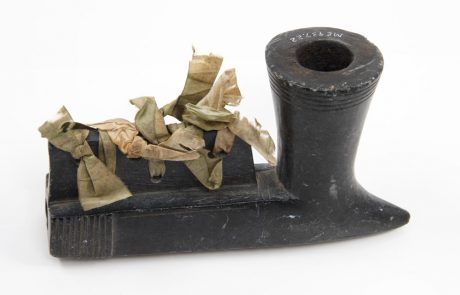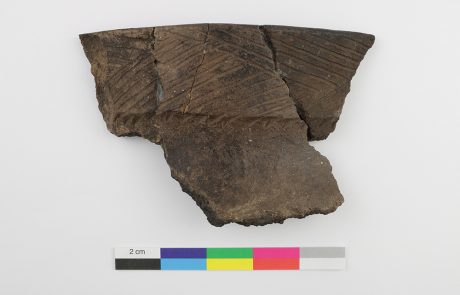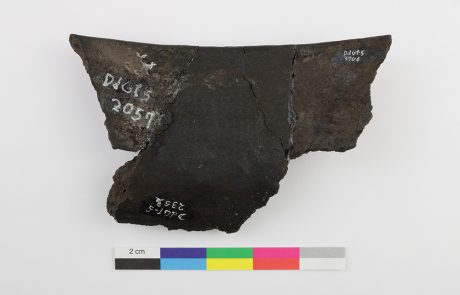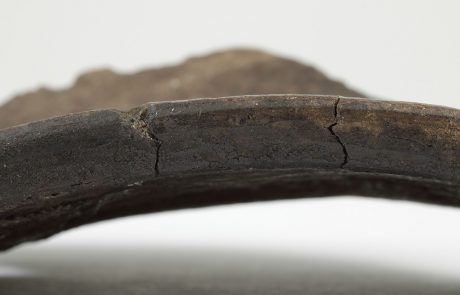Mikisikwaso
Mikisikwaso, she sews beads
The patterns and symbols on the clothing and objects of our people, strange as they may have seemed to Europeans, were ways for us to differentiate ourselves, to mark our belonging to a territory, to a specific nation.
Our ancestors’ plant, animal and geometrical motifs are also parts of our culture, our identity and our territory that are interwoven in the graphic symbols. Since the production of objects and clothing was inspired by the natural world around us, it depicted the territory to which they had to adapt every day and of which we are still a part today.
To find these motifs is therefore to rediscover an important part of our past, but also of our present identity. The texts are inspired by the research report The Anichinabe (Algonquin) Graphic Heritage in Early Written Sources. And the pictures come from anicinabe objects inventoried in museums.
Click on the images to learn more about the objects
Wikwan
Birch bark motifs
Many other birch bark objects were decorated or cut out of the bark to produce a figure. For example, all sorts of animal figures were cut out of the bark of trees to make toys for children. These cut-out figures could also be used as patterns, in order to mark the motifs on baskets or bark canoes in a standard way.
In the past, thin birch bark biting was a technique to make patterns. Another technique was to scrape the birch bark cambium to bring out the desired patterns and figures by contrasting the colours.
Kawik
Porcupine quill motifs
In addition to the bark patterns, the Anicinabek used to decorate with porcupine quills that formed geometric patterns. Samuel de Champlain reported that the Anicinabe people were known for applying long strips of red-dyed porcupine quills to their robes.
Migis
Beaded motifs
The decline of quillwork decoration was accompanied by the growing popularity of fabrics and textiles decorated with glass beads, silk threads and other ornaments. These beads could be applied to home-made leather (smoked hides). It is generally acknowledged that “beaded” floral designs were created in southern Manitoba by Métis women and then spread throughout the Canadian North with the great mobility of the fur trade workforce in the 19th century.
Floral designs with glass beads or embroidered threads seemed to be more common in the more northerly communities, where interactions with fur traders being in constant connection to the West were more frequent and especially so until much later. As with the items decorated by Métis women, those decorated with floral motifs by Anicinabe women appear to have been produced often for commercial purposes.
Ogikotcikan
Carved motifs
Many types of decorated objects were made of wood or bones: some were carved, others were engraved. Minerals also served as a medium for graphic expression, whether on small carved objects, such as pipes or pendants, or on pottery and vases.
Meegwetch to our partners!


